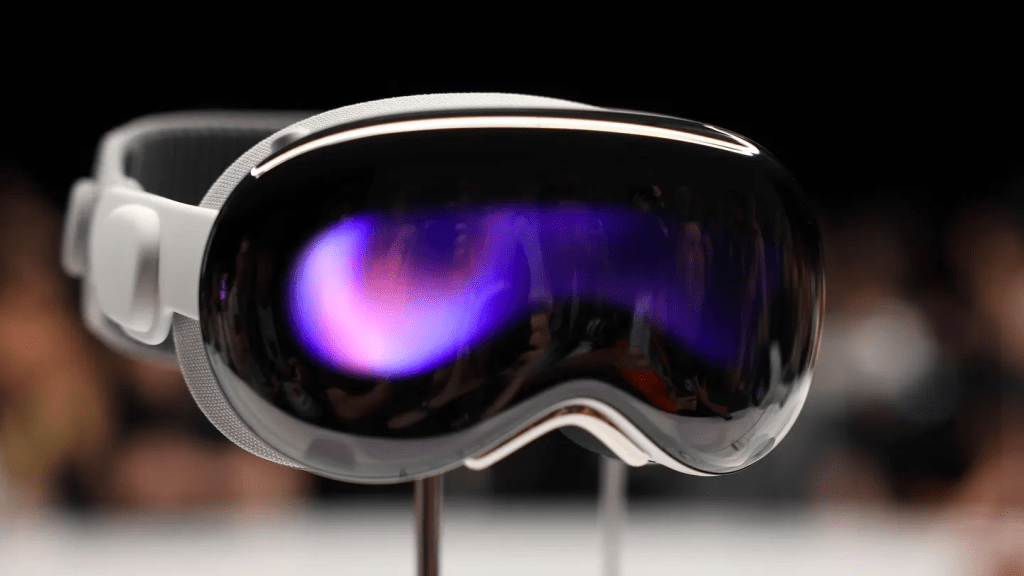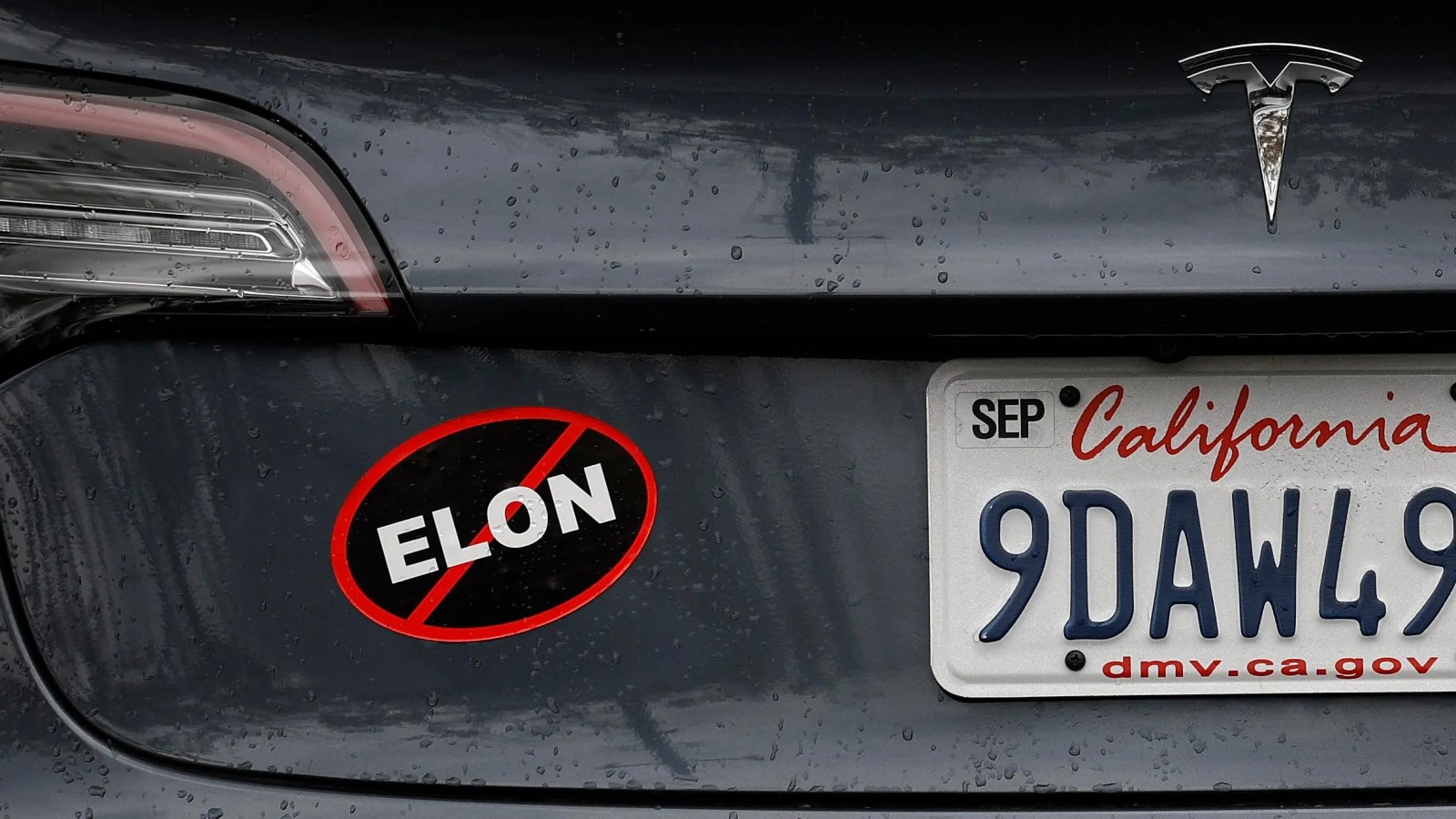The Apple Vision Pro headset was released for online pre-orders in the U.S. on Friday, requiring head scans and vision prescriptions from prospective customers, as the company moves forward with its latest major product release amid concerns about manufacturing, high costs and market appeal.

Key facts
- Three versions of the mixed-reality headset are available for online pre-order to U.S.-based customers, including a 256 GB headset for $3,500, a 512 GB headset for $3,700 and a 1 TB headset for $3,900, before they are released for in-store purchase on Feb. 2.
- During the pre-order process, customers are required to use their iPhone or iPad to scan their head—allowing the headset to be fitted properly to the user—with the option of adding optical inserts at an additional cost, including readers and prescription glasses options for $99 and $149, respectively.
- Purchasing the headset provides additional accessories, including a light seal cushion, multiple head straps and an external battery, which Apple projects will last for up to two-and-a-half hours.
- International customers who purchase their Vision Pro headsets in the U.S. will have limited access, according to Apple, as the device only supports English for language and requires Apple IDs located in the U.S. for App Store purchases.
Big number
$1.4 billion. That’s how much the Vision Pro is expected to generate in revenue for Apple this year, according to Bloomberg.
What to watch for
Apple will release the Vision Pro in other markets toward the end of 2024, with the U.K. and Canada as the leading candidates for the first sales outside the U.S. The company is reportedly working to adapt the device for users in Asian and European markets.
Surprising fact
The headset won’t be supported by some popular streaming apps during its launch, including Netflix, Spotify and YouTube. Other apps will be available, like Disney+, Max, Peacock and Amazon Prime Video.
Key background
Apple’s Vision Pro headset was announced as the company’s latest major product release last year as a “spatial computing” device. The mixed-reality headset allows users to switch between full virtual reality and augmented reality, which mixes both virtual and real-life elements.
It’s also equipped with the EyeSight System, which allows the user’s eyes to see through the screen on the front of the headset.
Analysts have projected a limited initial demand for the headset, with concerns the device will be viable only for loyal Apple fans and wealthier customers, though the company is developing a cheaper model.
The headset’s design has also created manufacturing challenges for Apple, which dropped its production goal from more than 1 million units to between 300,000 and 400,000 units this year, according to the Financial Times.
This article was first published on forbes.com and all figures are in USD.


